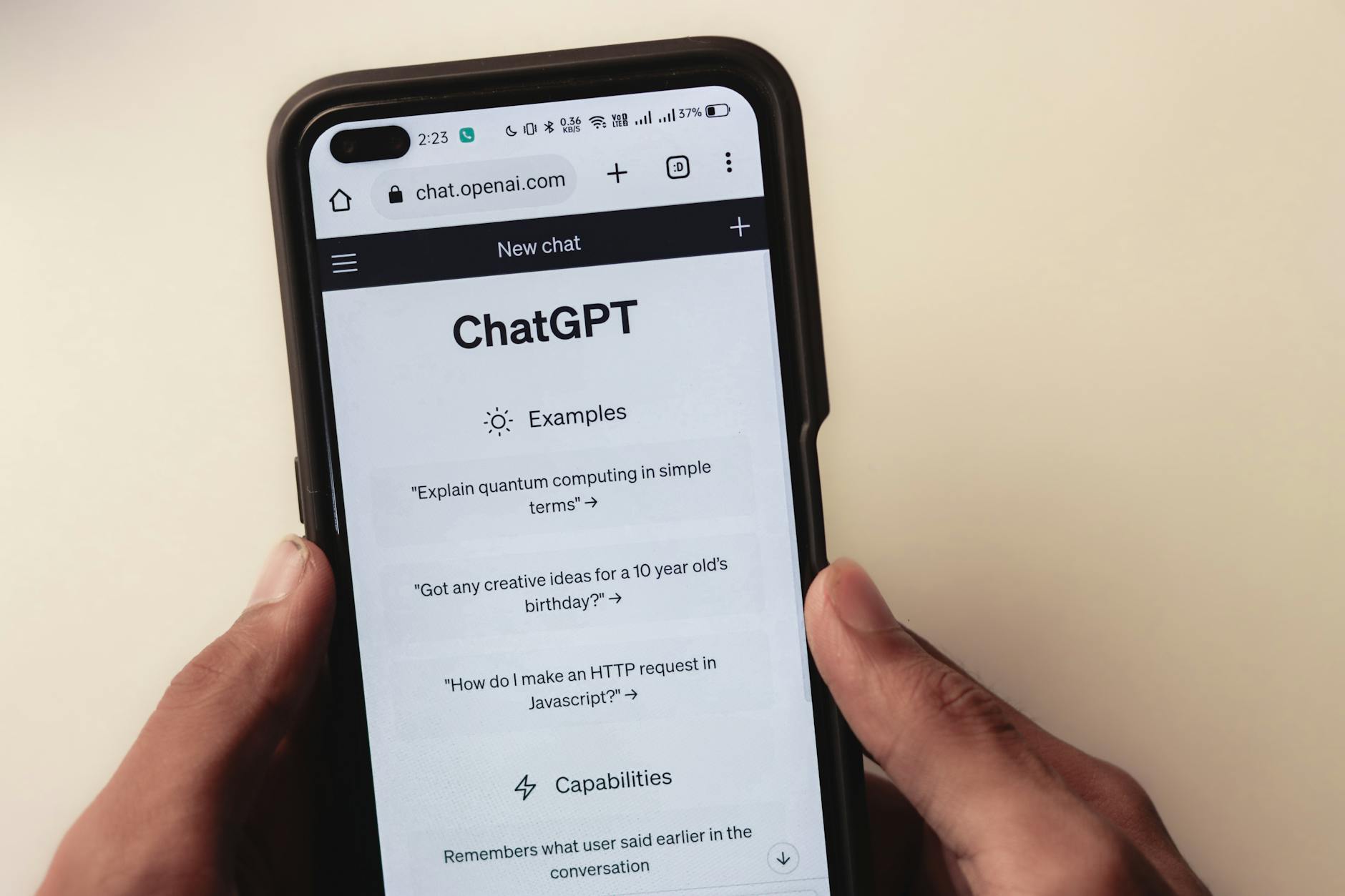GPT-5 and Copilot’s ‘Smart Mode’: Is This Innovation, Or Just More Overhyped Incrementalism?

Introduction: Another day, another breathless announcement in the AI world. This time, it’s whispers of OpenAI’s GPT-5 powering a new “smart mode” within Microsoft’s ubiquitous Copilot. But before we declare a new era of intelligent assistance, it’s worth asking: are we witnessing a genuine leap forward, or just another iteration in a perpetual cycle of AI hype, subtly repackaged?
Key Points
- The integration of OpenAI’s nascent GPT-5 into Microsoft’s Copilot via a new “smart mode” signifies a strategic deepening of AI within enterprise productivity, aiming to make AI an even more proactive and intrinsic part of daily workflows.
- This move further intensifies the already heated AI arms race among tech giants, compelling competitors to accelerate their own large language model development and integration strategies, potentially cementing Microsoft’s early lead in the enterprise AI space.
- Despite the grand promises, the real-world efficacy of this “smarter” Copilot remains speculative; fundamental challenges of AI, such as hallucination, true contextual understanding, and nuanced task execution, are unlikely to vanish entirely with a new model version, raising questions about the actual transformative value versus incremental improvement.
In-Depth Analysis
Microsoft’s strategy is undeniably clear: embed AI into the very fabric of how we work. Copilot, their omnipresent AI assistant across Office 365, Windows, and Edge, is the primary vehicle for this ambition. The purported arrival of GPT-5 within a new “smart mode” isn’t merely an upgrade; it’s an intended paradigm shift, moving Copilot from a primarily reactive, prompt-driven tool to one that anticipates needs and proactively offers assistance. The “smart mode” suggests a Copilot with greater autonomy, better contextual awareness, and potentially enhanced reasoning capabilities—the holy grail for AI that seamlessly integrates rather than just responds.
How does this differ from current iterations? Today’s Copilot, while useful, often requires explicit user direction. You prompt it to summarize, draft, or analyze. A “smart mode” hints at a shift towards an AI that observes your workflow, understands the implicit context of your open documents, emails, and meetings, and then offers relevant insights or actions without being directly asked. This is the promise that once fueled the ill-fated “Clippy” from decades past, now supercharged by vastly more powerful underlying models. The difference in scale of intelligence is immense, yet the fundamental aim – an omnipresent, helpful digital assistant – remains strikingly similar.
The real-world impact, if successful, could be genuinely transformative. Imagine an AI that, while you draft an email, proactively suggests a phrasing based on your past communications, or automatically pulls relevant data from a linked spreadsheet. Or during a meeting, it pre-emptively identifies key takeaways and drafts initial action items before the call even ends. The promise is a significant reduction in cognitive load and frictional tasks, freeing up human bandwidth for more complex, creative work. It aims to accelerate the flow of information and decision-making within an organization. However, the path to this utopia is fraught with peril. The “smart” in “smart mode” could just as easily translate to “overly intrusive,” “frequently inaccurate,” or “another layer of complexity” if not executed flawlessly. We’ve seen countless times that new tech, while powerful, often struggles to deliver true value beyond the initial wow factor if it doesn’t profoundly solve a problem better than existing methods, or if it introduces new ones like data privacy concerns or AI over-reliance.
Contrasting Viewpoint
While the headlines tout transformative potential, a healthy dose of skepticism is warranted. First, the economics of running an advanced model like GPT-5 at scale for millions of Copilot users are astronomical. Inference costs, even for marginally more efficient models, are immense. Will Microsoft effectively subsidize this, or will the “smart mode” become a premium tier only accessible to the largest enterprises, thus limiting its widespread impact? Furthermore, the core problems plaguing current LLMs—namely, hallucination and a lack of true common sense reasoning—are unlikely to be fully eradicated by a new version number. A “smarter” AI that still occasionally fabricates facts or misunderstands nuanced human instructions could be more detrimental than helpful, eroding user trust rather than building it. From a competitor’s perspective, Google might argue their deep integration with search and a vast knowledge graph offers a more robust foundation for contextual understanding. Apple, conversely, might double down on on-device intelligence for superior privacy and latency, sidestepping the massive cloud infrastructure debate entirely. Is this “smart mode” genuinely revolutionary, or just Microsoft’s latest attempt to make us believe an incremental improvement is a monumental leap, locking us deeper into their ecosystem?
Future Outlook
Over the next 1-2 years, expect Microsoft to push Copilot’s “smart mode” aggressively, framing it as an indispensable tool for the modern enterprise. Initial adoption will likely be strong, driven by existing Microsoft ecosystem integration and savvy marketing. The real test, however, will come as enterprises evaluate the true return on investment and user stickiness beyond the initial novelty. Can “smart mode” deliver measurable productivity gains without inducing “AI fatigue” or adding undue complexity to workflows? The biggest hurdles remain formidable:
Firstly, achieving reliable, high-performance AI at a cost that makes it broadly accessible. Secondly, building unshakeable user trust in an AI that’s more proactive, demanding impeccable accuracy and bias mitigation. Finally, navigating the inevitable regulatory scrutiny that will intensify as AI embeds deeper into mission-critical business processes and handles ever more sensitive data. Ultimately, the success of “smart mode” hinges not just on GPT-5’s raw capabilities, but on Microsoft’s ability to translate those capabilities into genuinely intuitive, reliable, and trusted experiences that simplify, rather than complicate, the daily grind.
For a deeper dive into the persistent challenges of large language models, see our analysis on [[AI Hallucinations and the Trust Deficit]].
Further Reading
Original Source: Microsoft is getting ready for GPT-5 with a new Copilot smart mode (The Verge AI)